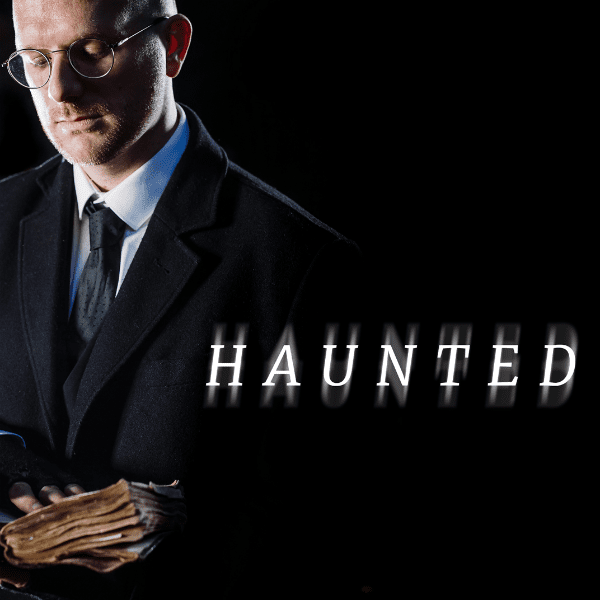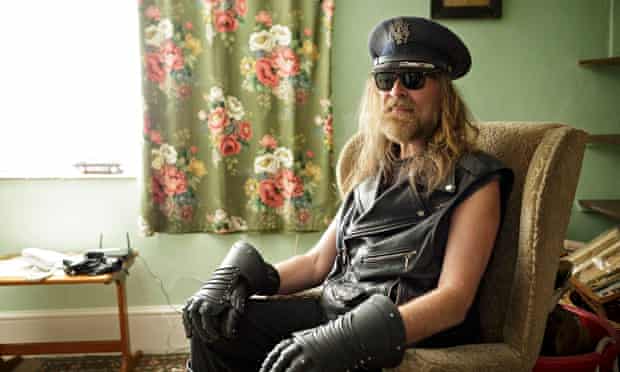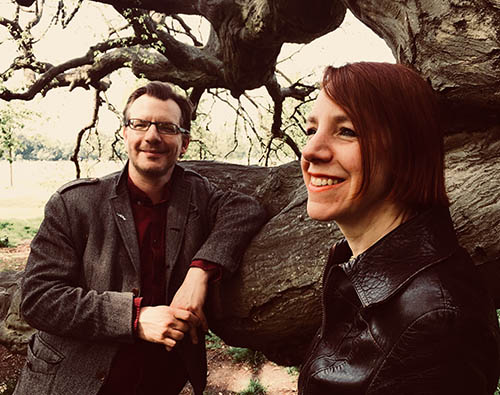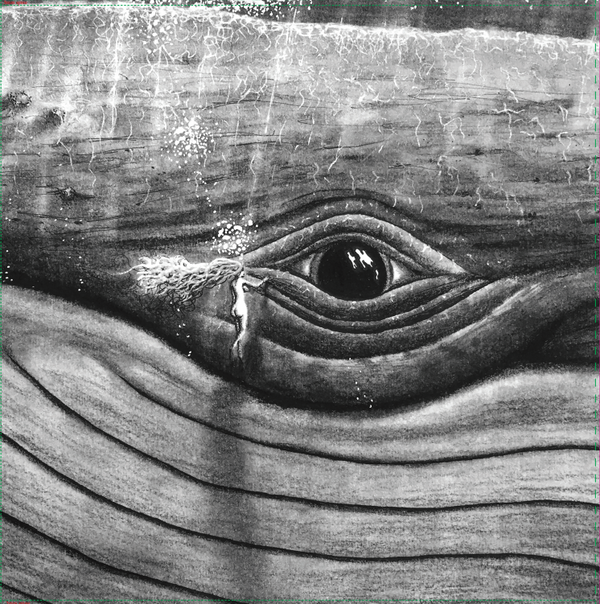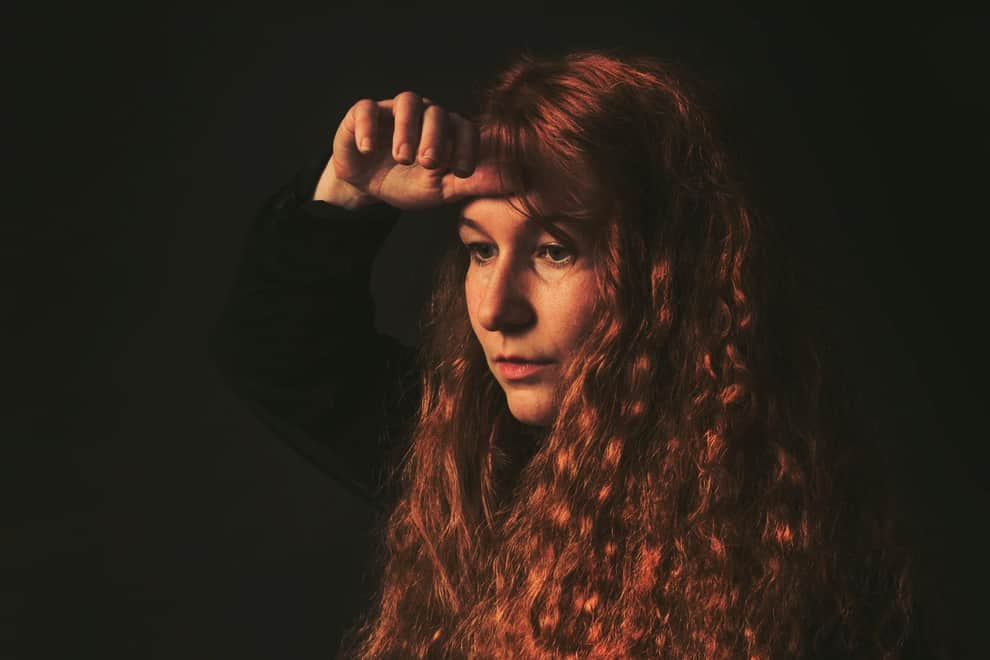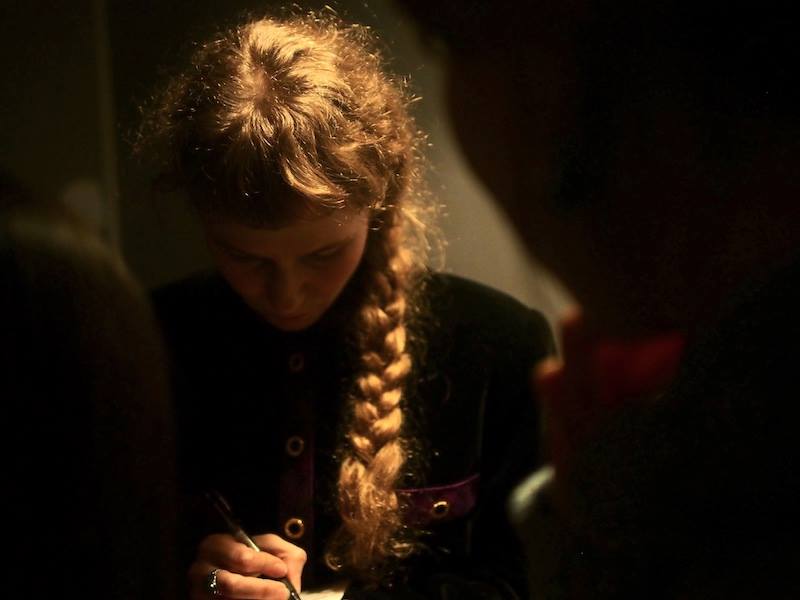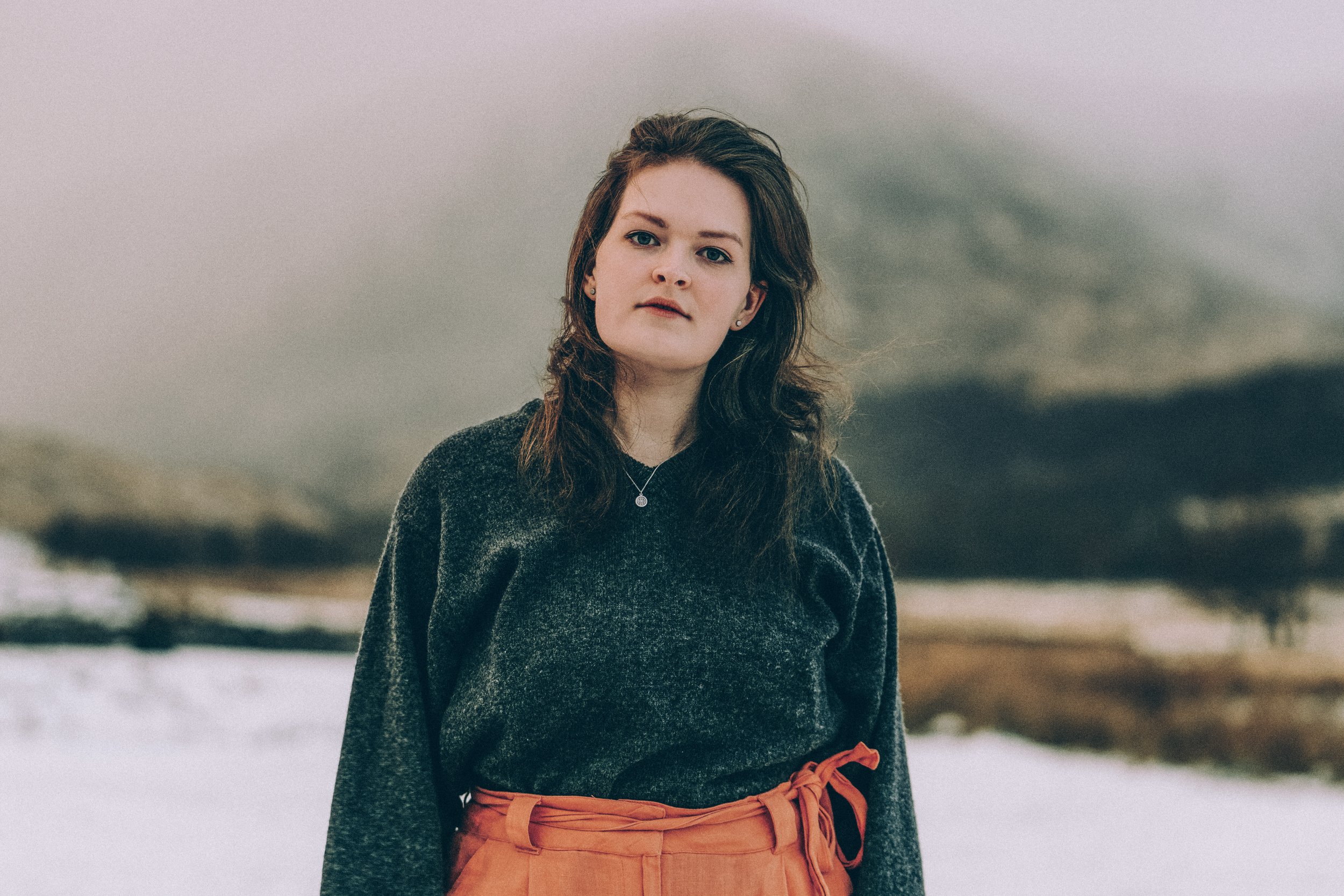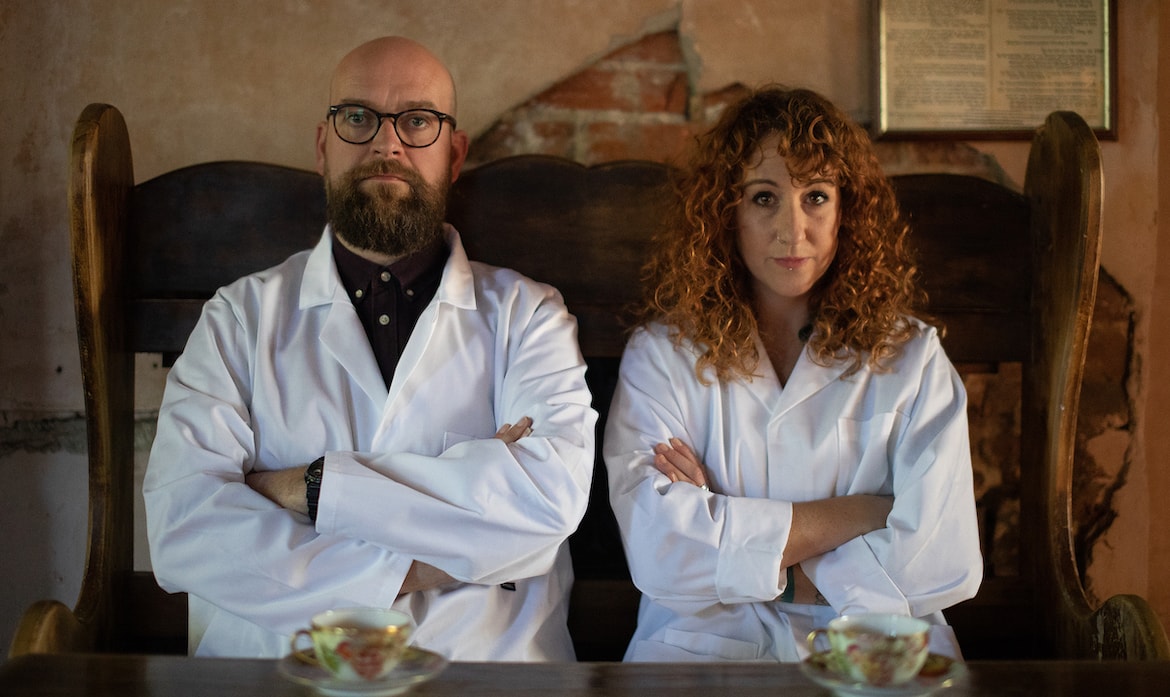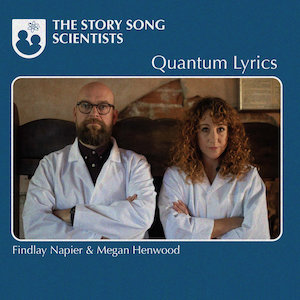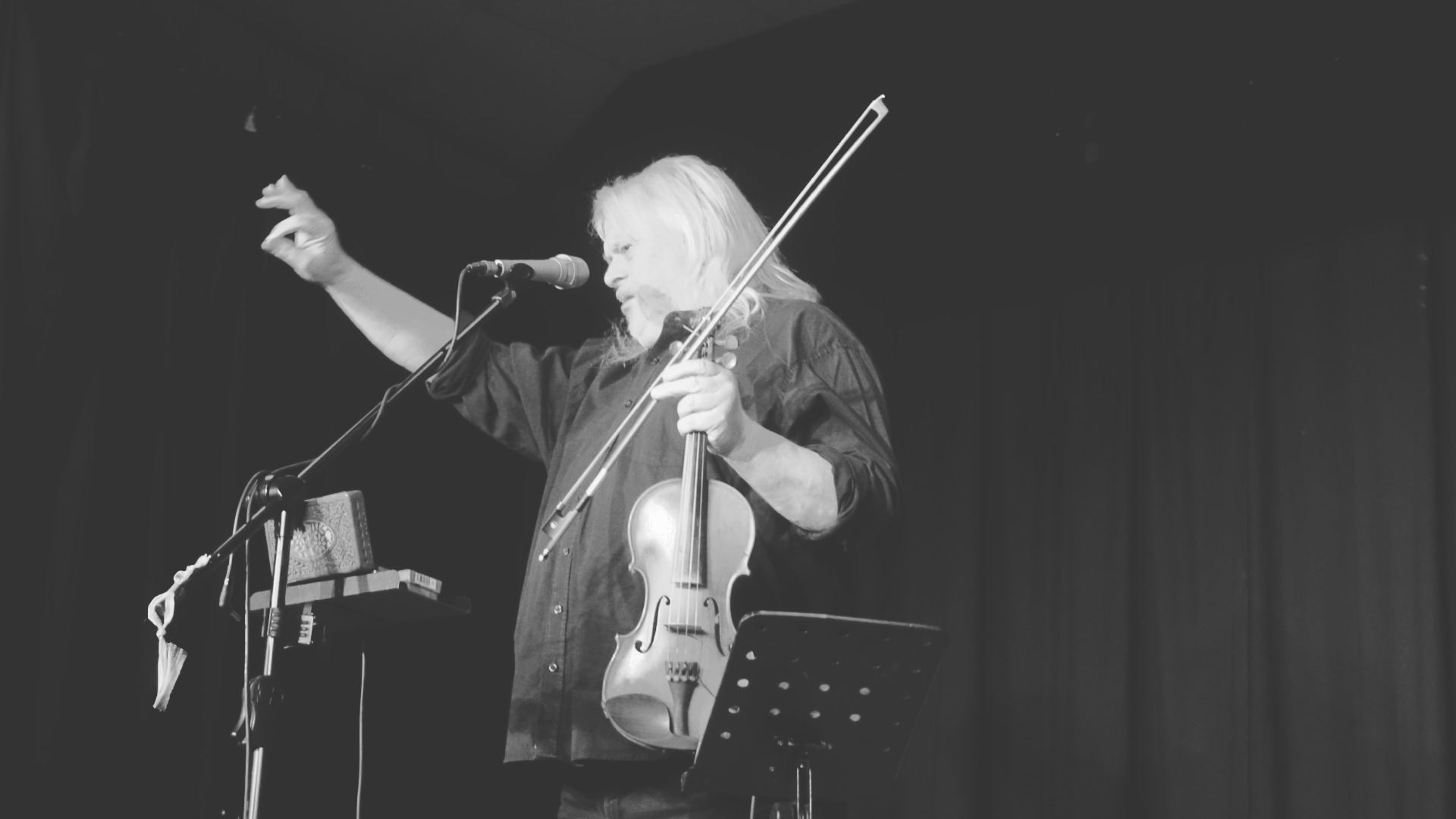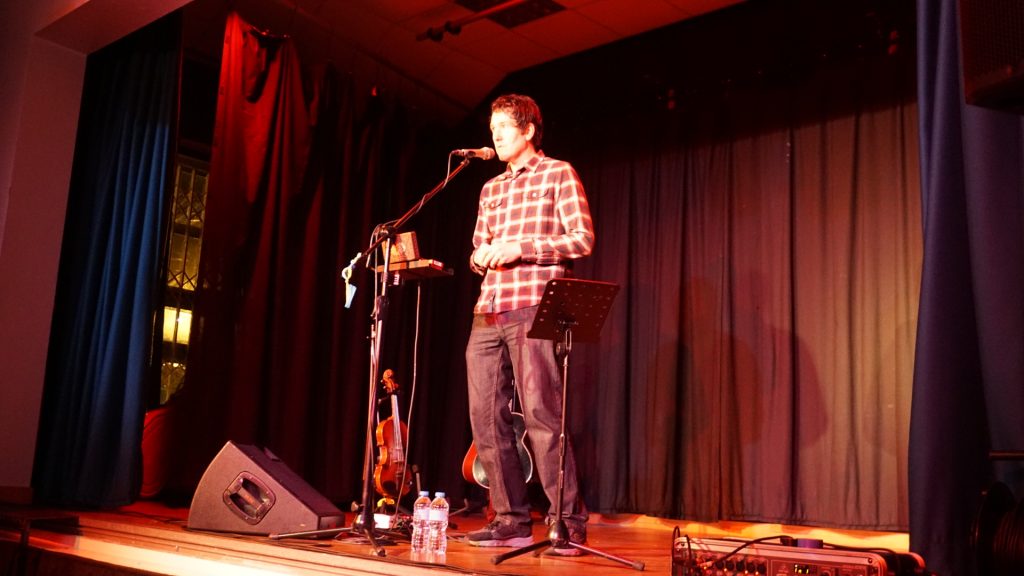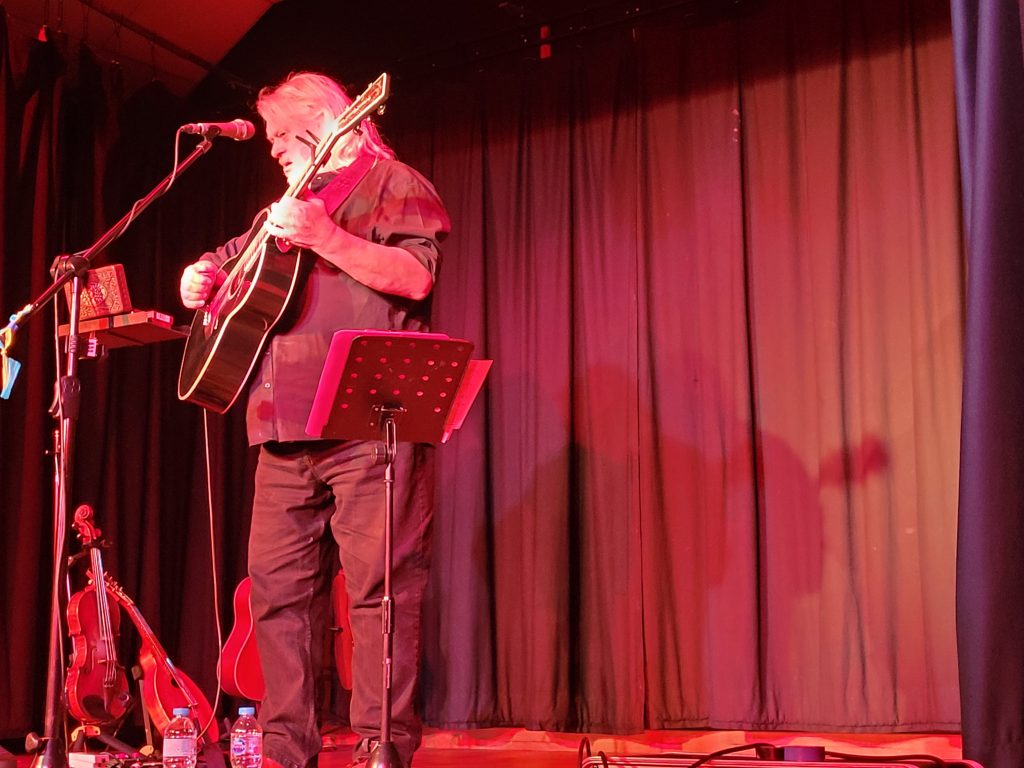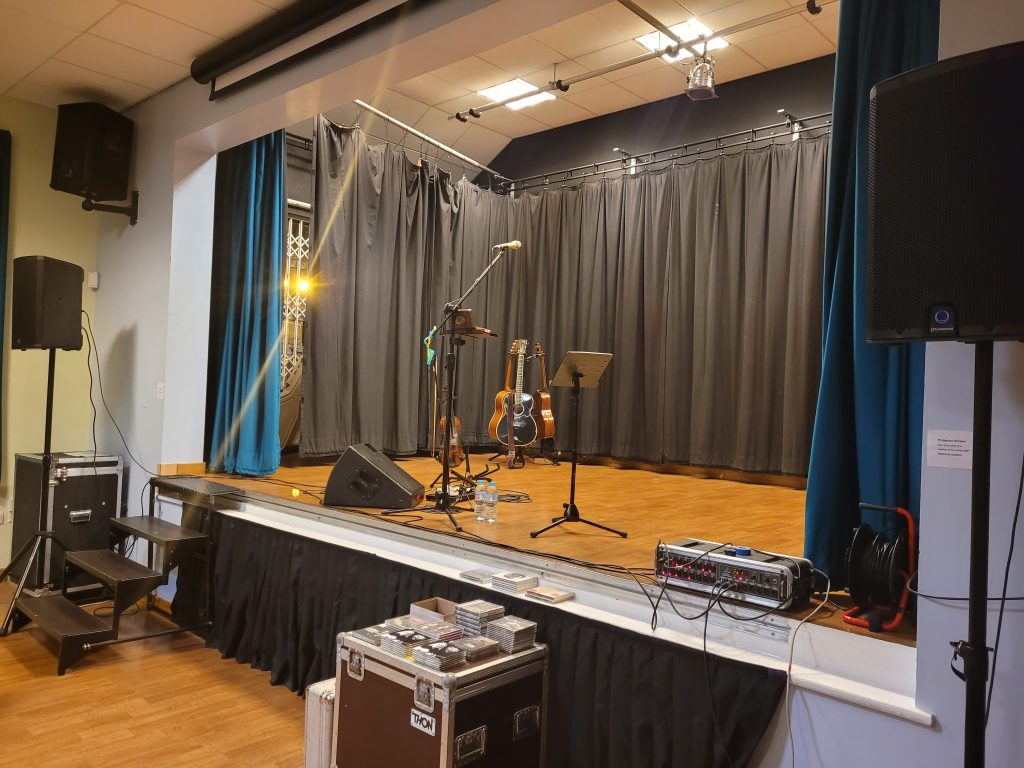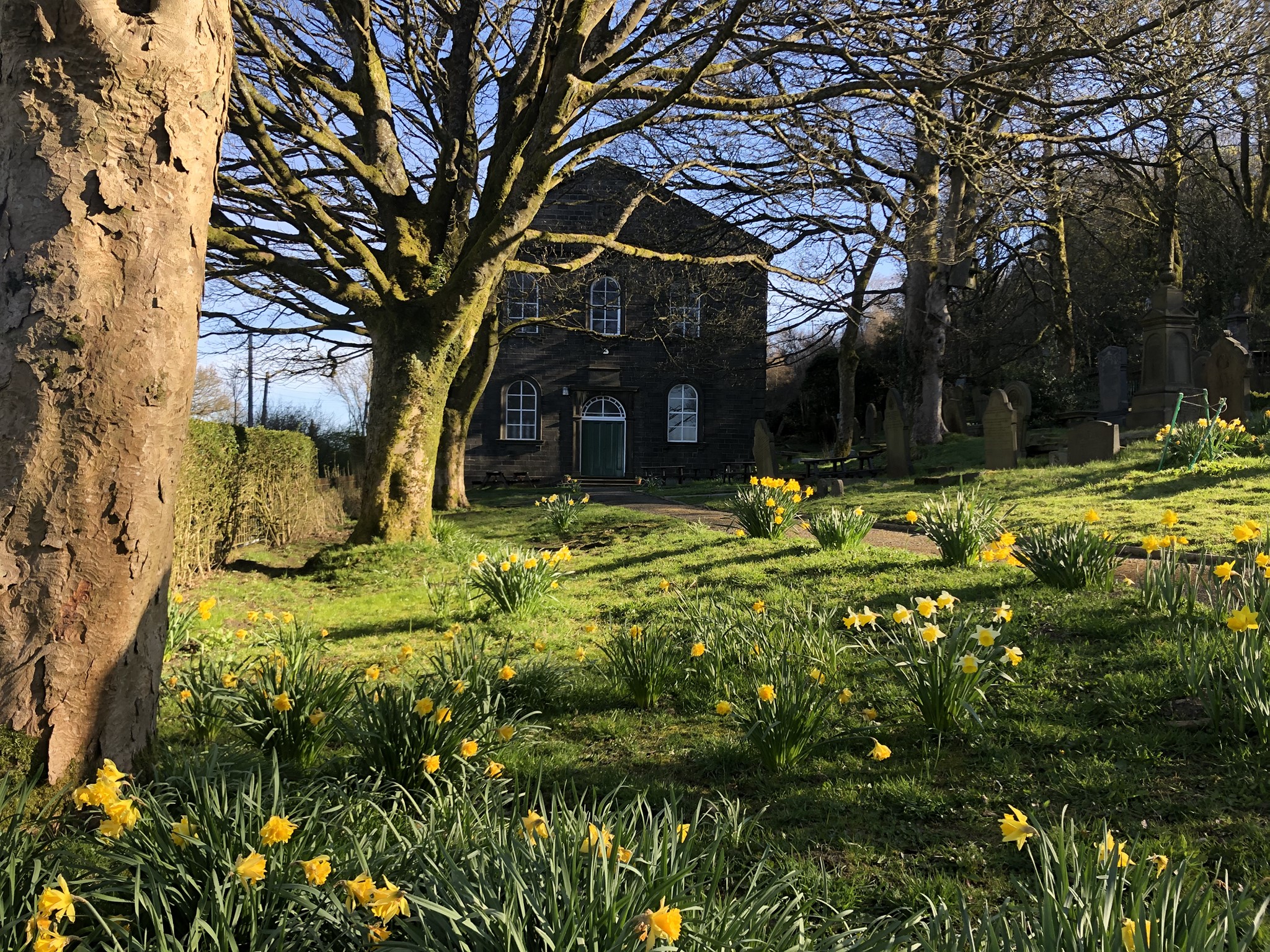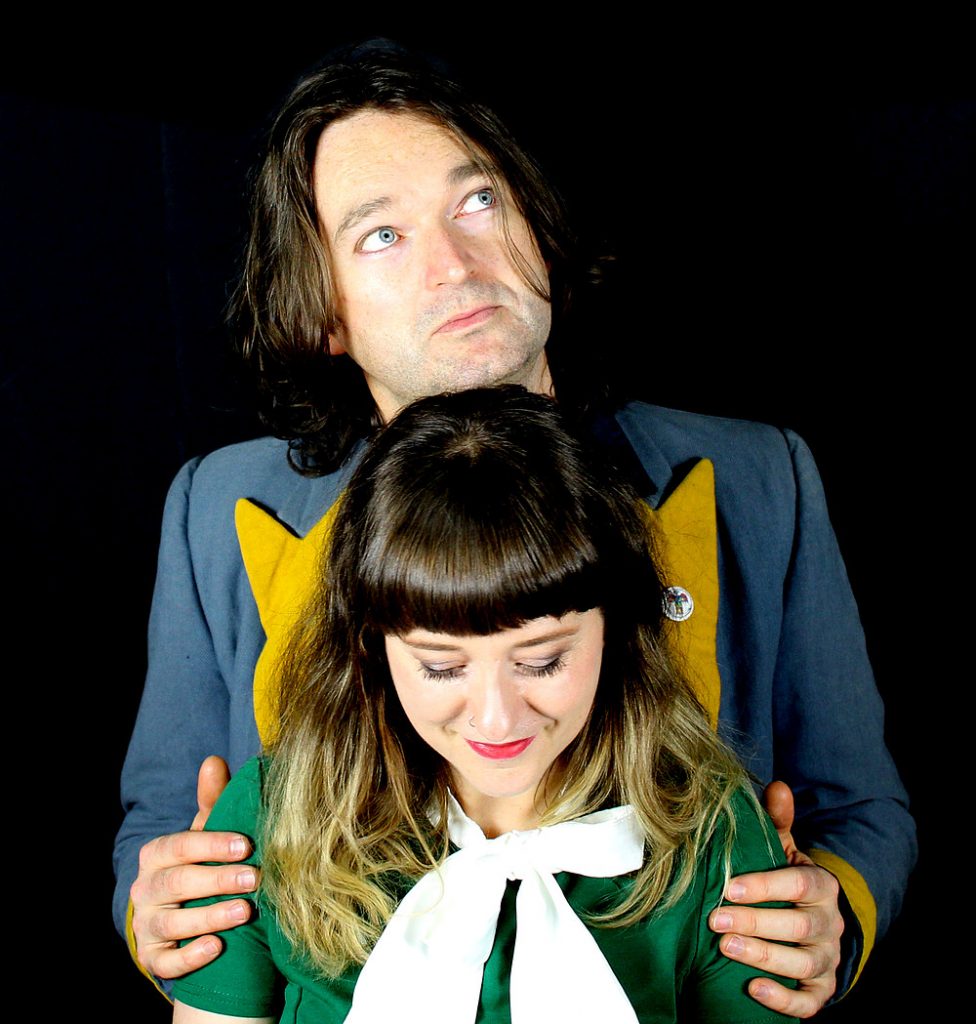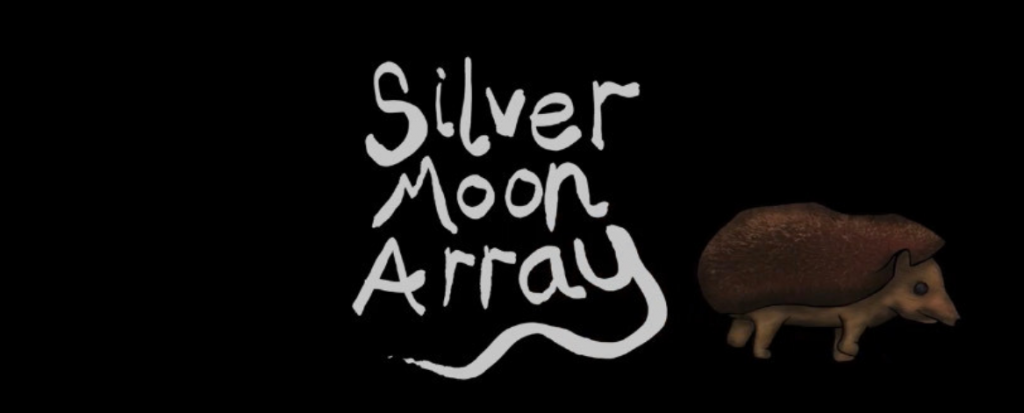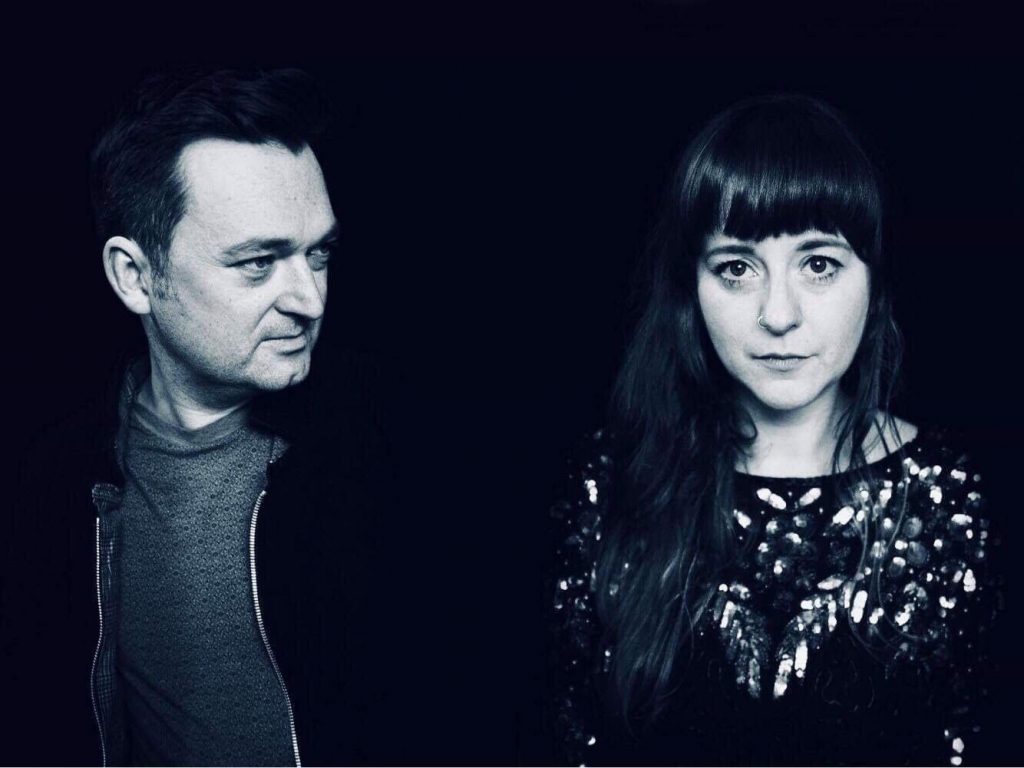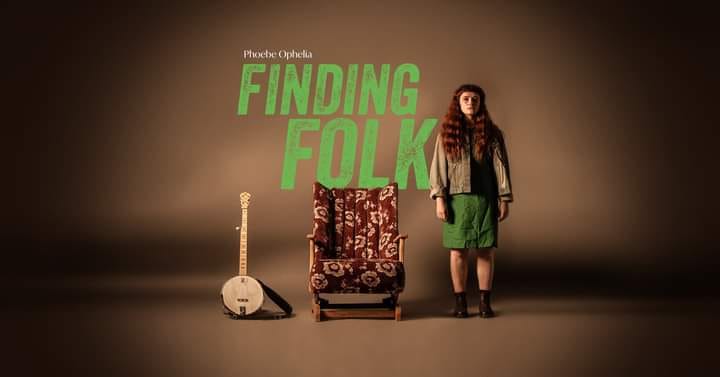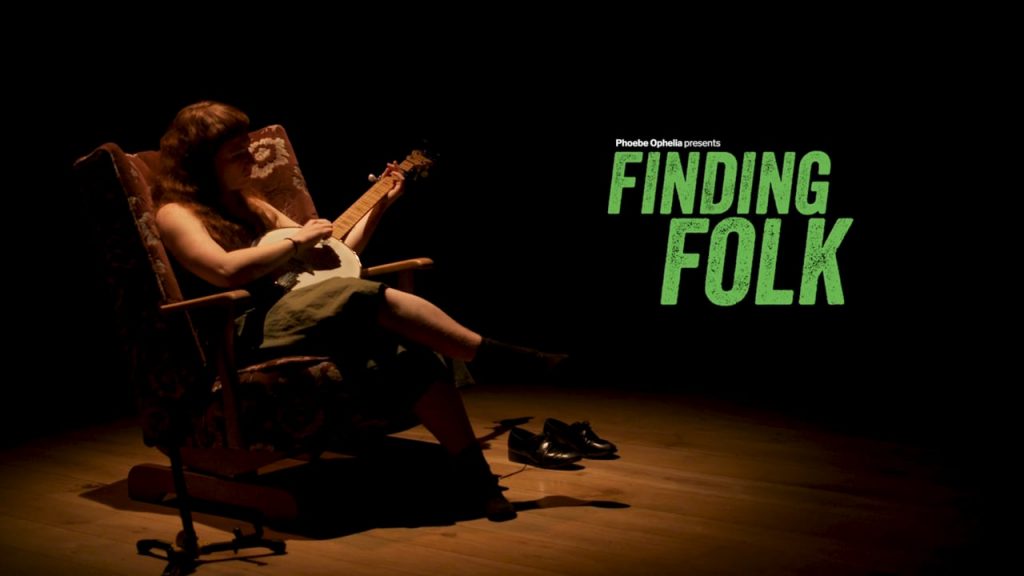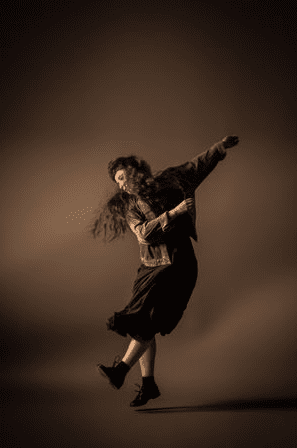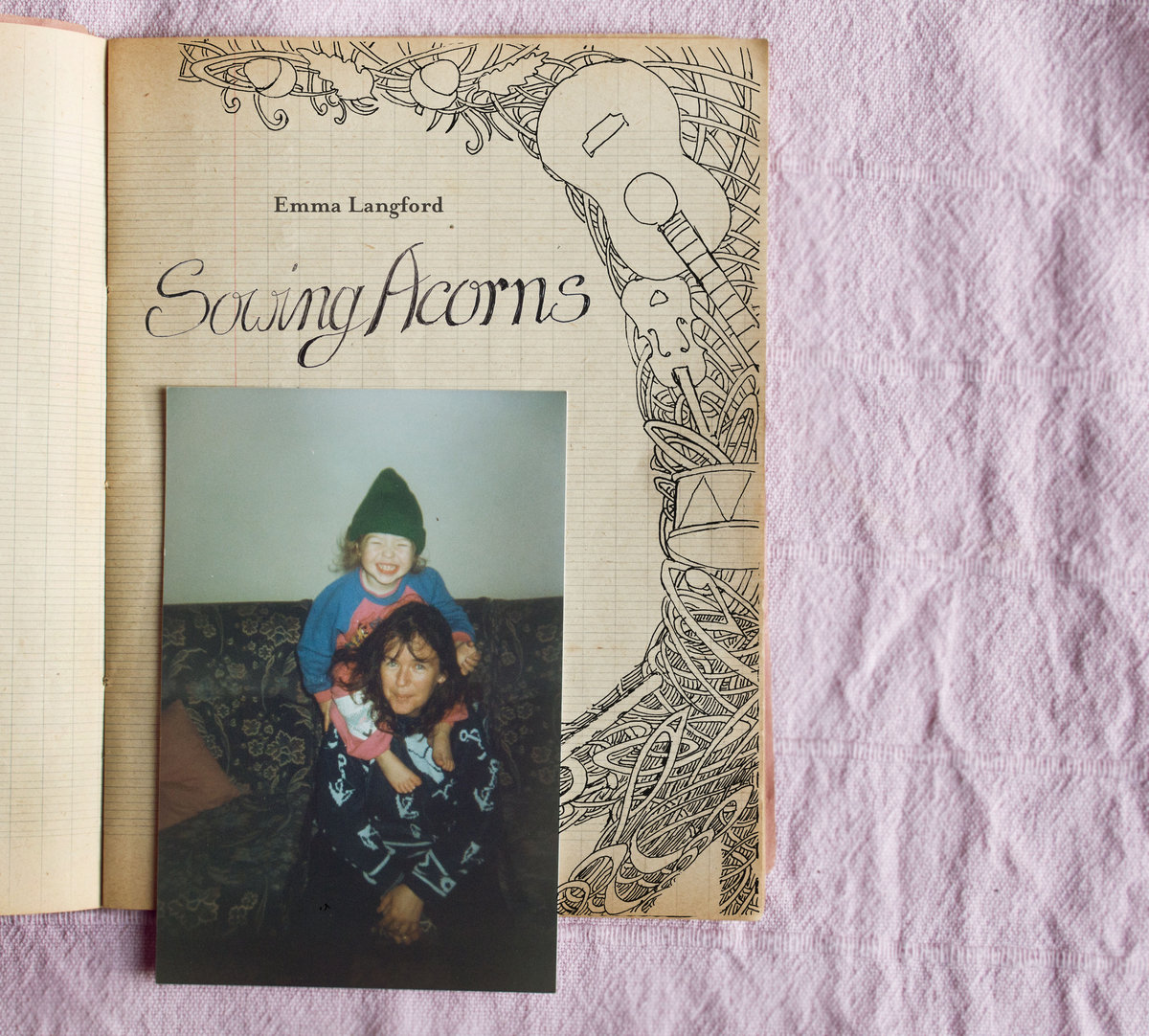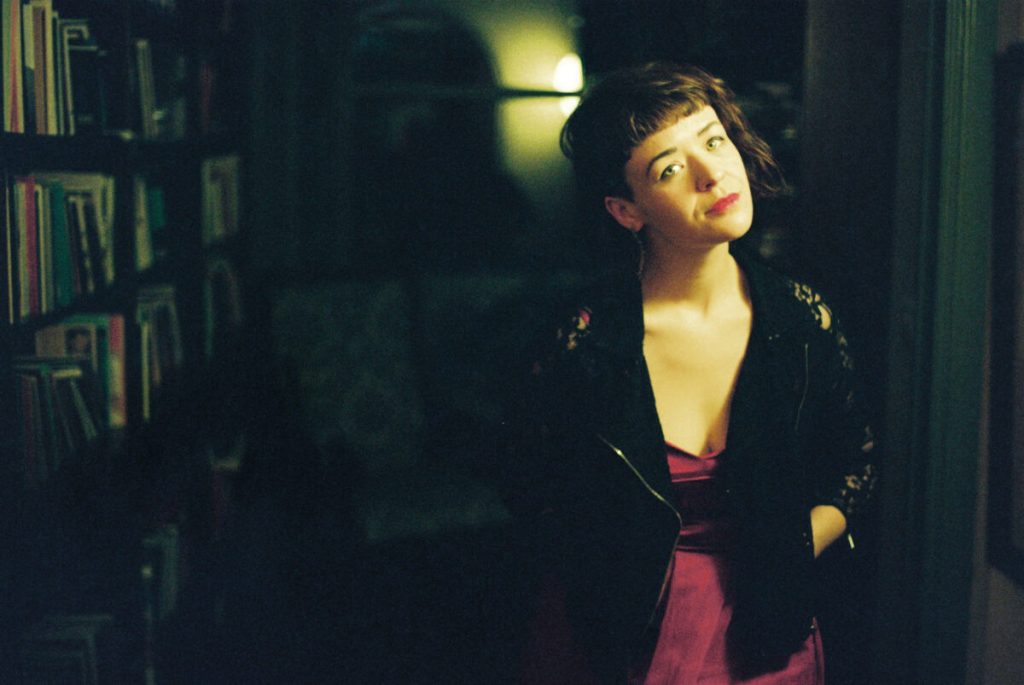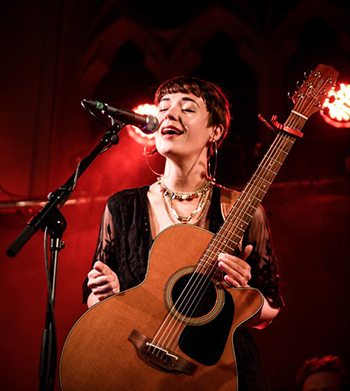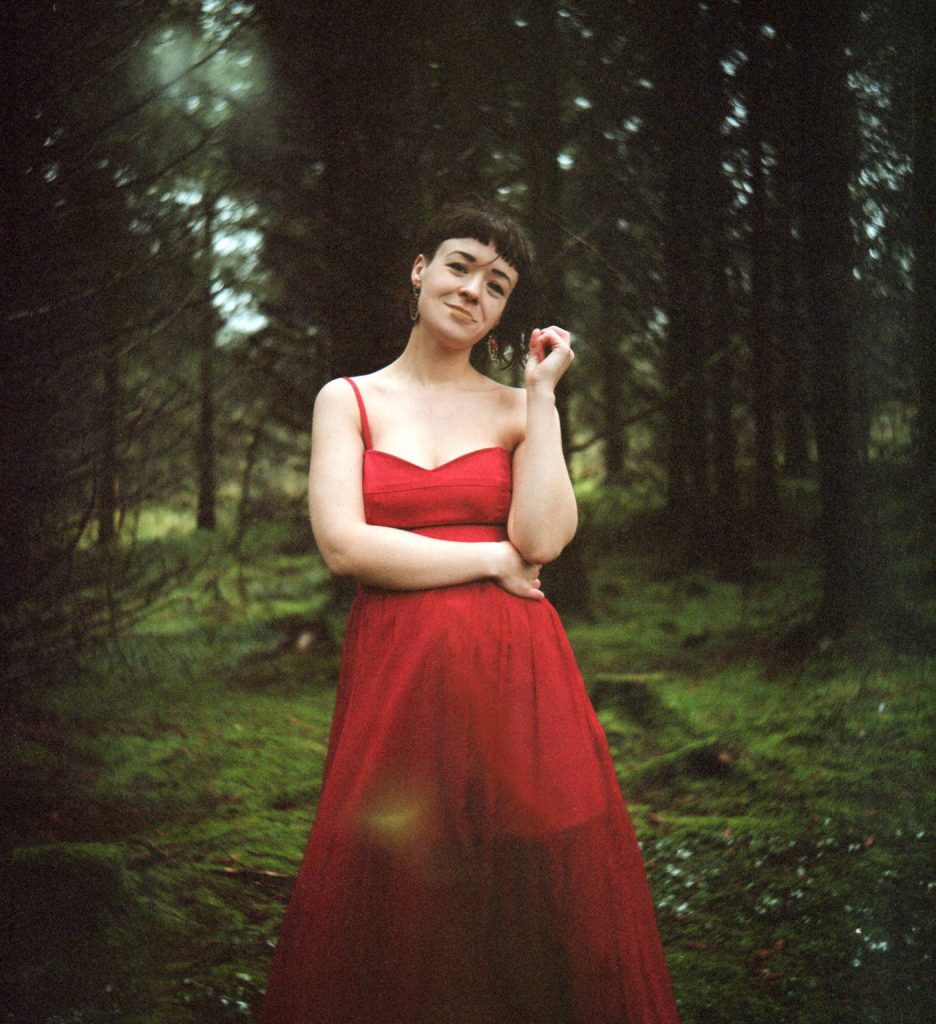When it comes to yarn spinning the best type (in our opinion) is, quite explicitely, the one involving reading from a book or telling a grand tale. Knitting a jumper seems rather complicated and in folklore so many bad things seem to happen when you start spinning that wheel. That being said there is that familiarity in a favourite jumper, especially the one that appears after seemingly doing commando-ops in the bottom of your clothes drawer. In a strange way this comfort is rather like that of classic ghost stories, especially when their form and idea is respun in stories of the modern day.
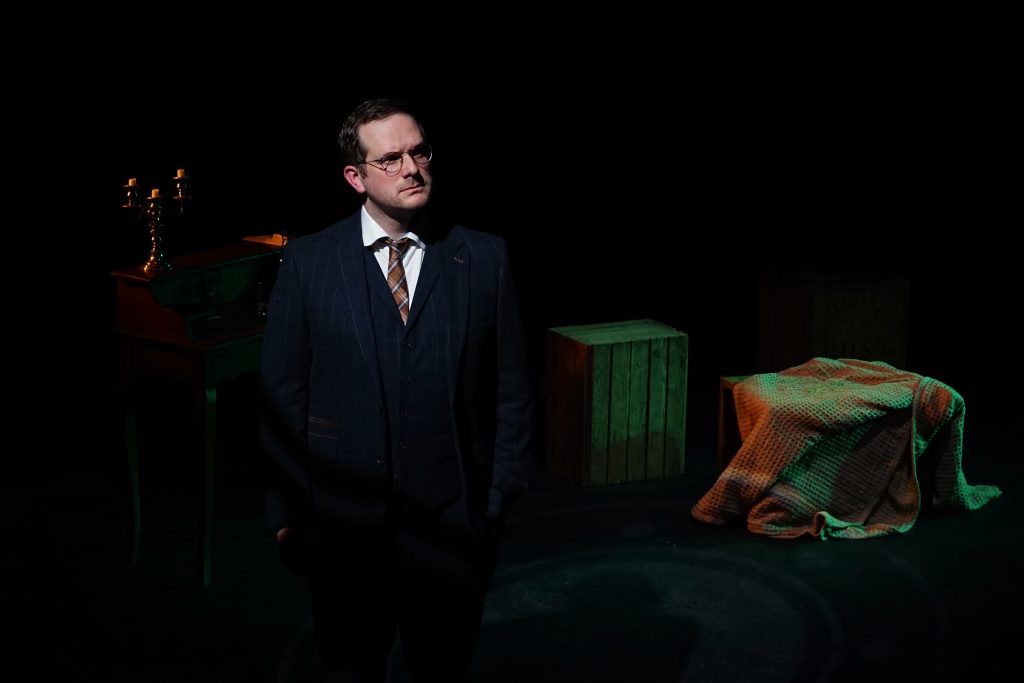
Made in conjunction with The Book of Darkness and Light/LittleMighty/Harrogate Theatre, penned and performed by Adam Z. Robinson, and showcased as part of Enable US (which joyfully brings “New professional performances” to the old Baptist setting) “Haunted” is a play directed by Dick Bonham which we recently saw that showcased a performance of classic stories “The Upper Berth” (F. Marion Crawford, 1894) and “The Monkey’s Paw” (W.W Jacobs, 1902).
The Monkey’s Paw itself is close to the consciousness with such recent adaptations as The Simpsons, and (our personal favourite) Inside Number Nine, so watching a seed of these ideas being played back is a treat meaning that “Haunted” occupies a space which hits the sweet spot in the mind where your favourite spooky feelings dwell.
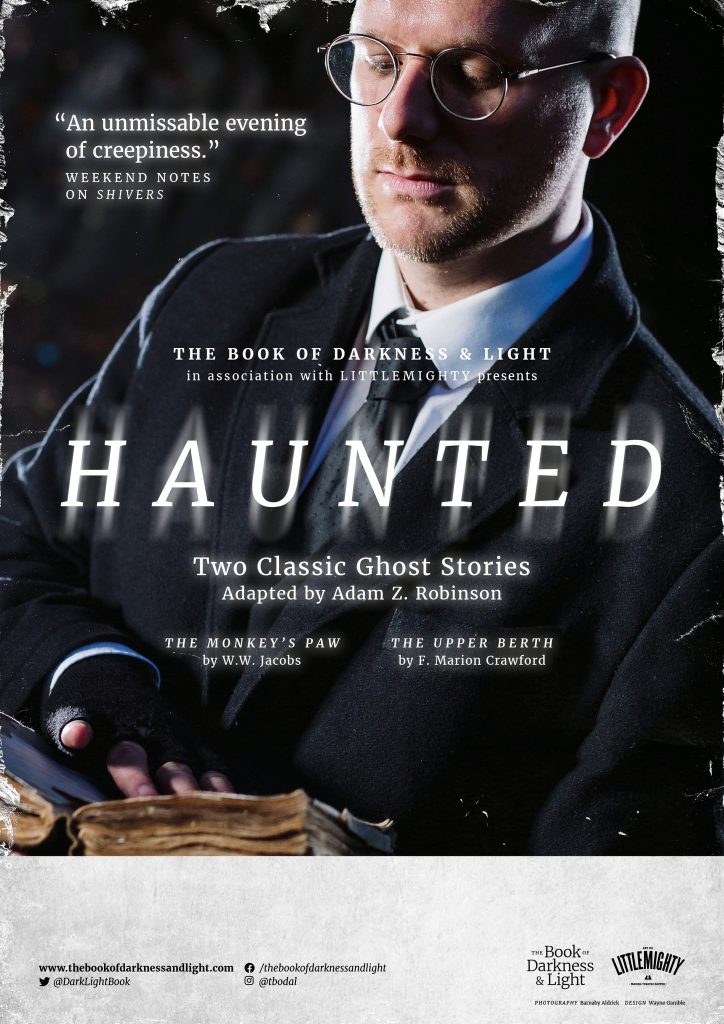
It all starts with hard liquor from the decanter, as our narrator gets a case of the shaky hands and tells us that “nothing will get him back on thatship”. “The Upper Berth” is a great story about a passenger on a cruise ship who ends up staying in a room which all the staff speak ill of due to the fate of several of those who were boarded there on previous voyages. The adaptation really keeps some of the best descriptions that set the scene, e.g. “sad coloured curtains”, his sensory description of the “wet” floor, and the individual running like “the shadow of a galloping horse”, and the performance around the spookiness of the “port hole” is memorable. In “The Monkey’s Paw”, we get a different story about a family who acquire a magical artifact from a Sergeant-Major returning from service India that grants wishes; but when has that ever been unproblematic? Robinson’s range is good as he moves from the part of an educated, supernatural sceptic to the Northern, working class father of the story in “The Monkey’s Paw”, who seems more than willing to accept and get his hands dirty in that superstitious, dark unknown. Other side characters such as the doctor on the boat are effectively performed allowing us reminisce of how an exasperated, worried and educated man of science of the time might be like too.
The constrasting themes of the perils of the curiosity of the scientific method (The Upper Berth) vs the curiosity of the chance to cheat life and fate itself are gruesomely desperate and fun themes. “The Monkey’s Paw” is great for what it doesn’t show too as well are left to imagine the grisly “machinery” death of one of the characters. It’s fascinating to see here how the promise of wealth even corrupts those with modest ideas about improving their station in life but also the pain and strength of avoiding temptation and trying to right a terrible wrong. Robinson switches between roles well, they all have distinct voices and idioms that make them recognisable. The only confusion for us is when Mr White (in the Monkey’s Paw) seems to refer to his wife as “Mother”. This could be narratively simpler for the audience to follow or it is possible we are losing our own internal plot at this point.
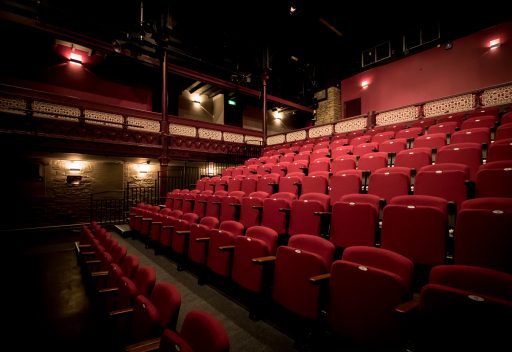
Credit must be given to the BSL interpreter (whose name I did not get unfortunately) whose forlorn and haunted expressions accompanied the signings and kept the grim atmosphere and tension high. The set is recognisable and effective in it’s choice of furnishings (Steve Watling/Charlotte Woods, technical manager) with the ghostly, greyed pictures in frames and domesticity of “The Monkey’s Paw” compared with the rolling netting, old case and dusty bottles of the marine nightmare. The lighting was moody and communicated the bleakness of the dark well (particularly as part of The Upper Berth). At times there were loud sound spikes for the jump scares. These were quite successful, we did jump at least once during the show after a scary build up.
These two stories are a great showcase of presentation, performance and writing. “Haunted” is the unfolding dread of the unknown and the dangers of human choice and inquisitiveness when perhaps things, “should just be left alone”. Old in subject yet lovingly adapted (and inclusive), it was a night to remind of the joys of storytelling and bone-chilling horror.
Photos by Charlotte Woods,
Check out the rest of Enable Us’s programme here, theres some great stuff.
For more details of projects and artists LittleMighty support, click here.
For enquiries around covering horror, folk horror theatre or folk music, please email us on reviewer@folk-phenomena.co.uk
